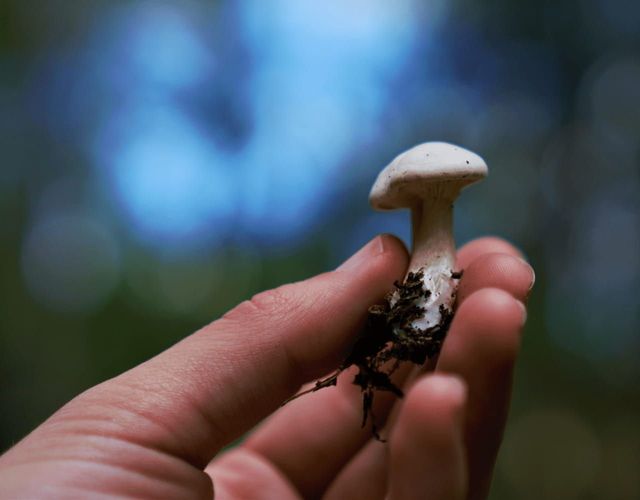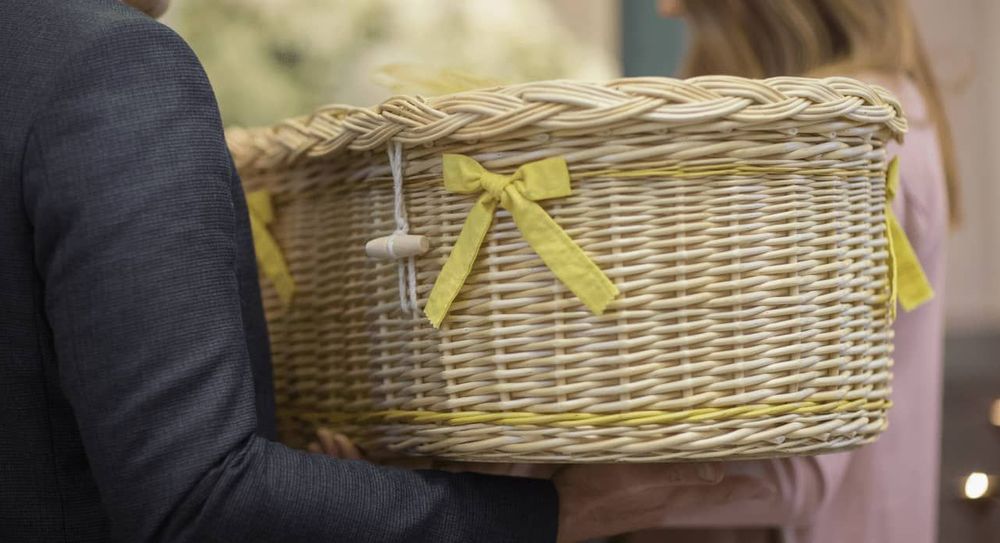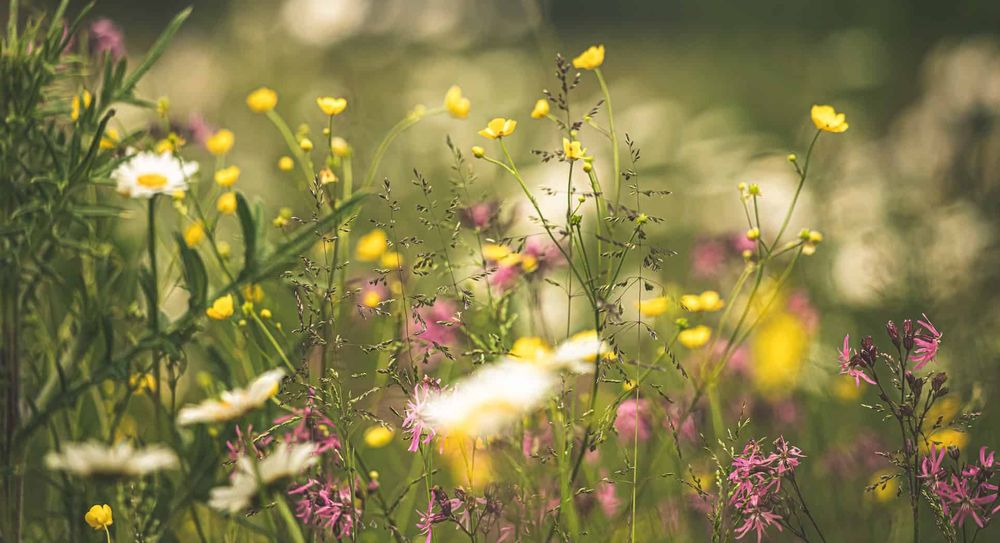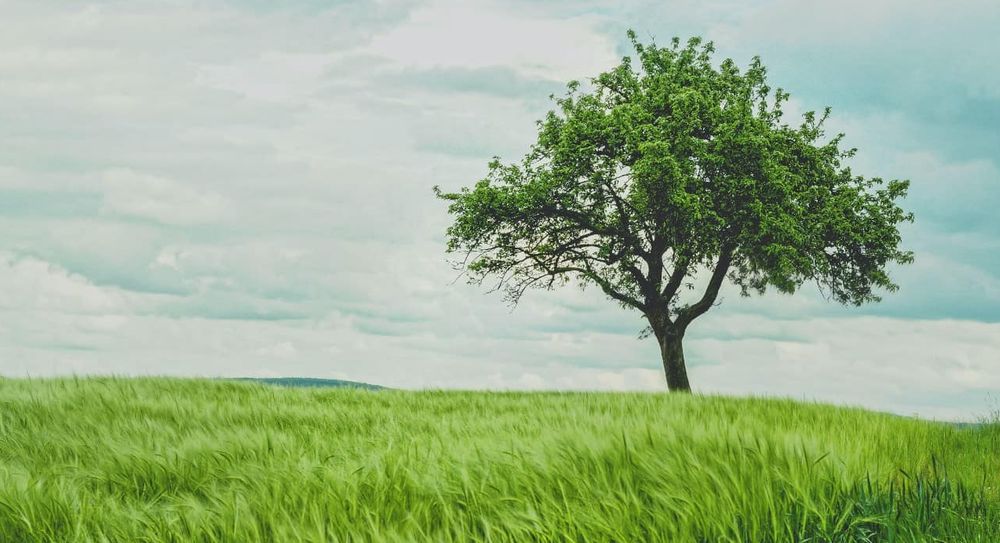A mushroom coffin is a completely biodegradable type of coffin made from the root fibres (mycelium) of mushrooms. Put simply, it’s a coffin made of mushrooms.
How do mushroom coffins work?
The root fibres of the mushrooms get rid of toxins in the soil naturally. They can break down both natural and man-made fibres. They’ve even been used to get rid of oil spills. And when they break down any toxins they turn this into nutrients. This feeds the soil making it a healthier place for other plants and wildlife to grow.
The aim of the mushroom coffin is to help decomposition while leaving the surrounding area undisturbed and free from anything that could pollute it.
Where do mushroom coffins come from?
In 2020 a company called Loop held the first burial with a mushroom coffin in the Netherlands. Its founder, Bob Hendrixx, aims to work with scientists to figure out how traditional burials impact the environment. He hopes to convince people that their mushroom coffin (also known as the living cocoon) can be used to change polluted areas into healthy forests.
How are mushroom coffins made?
The living mushroom coffin is grown over 7 days in a mould and made from waste ingredients. Wood chips are added to the mould so that the mushroom root structure is encouraged to grow in the shape of a coffin. It’s then left to dry out naturally. The mushroom fibres are brought back to life when they come into contact with damp soil. This helps to start the decomposition process.
The company Loop says that the process they use to make the mushroom coffins uses the least amount of energy possible. And actually traps carbon dioxide too. Once the mushroom coffin is made a bed of moss is laid down inside. This helps the composting process.
Before mushroom coffins were invented some companies offered mushroom suits or shrouds instead. This is usually an organic cotton shroud that has mushroom spores in it. It works in the same way as the mushroom coffin – breaking down any toxins and supplying the soil with nutrients.
Are mushroom coffins the most eco-friendly type of coffin?
As people become more concerned for our environment natural burials and using more eco-friendly coffins are becoming more popular. And biodegradable mushroom coffins are possibly one of the most environmentally friendly options.
Why is a mushroom coffin so good for the environment?
Unlike traditional coffins made with wood and metal a coffin made with mushrooms doesn’t pollute the soil. In fact, it provides the soil with nutrients. This is because the mycelium of the mushroom is a natural recycler. It gets rid of any toxins it finds in the soil. And it gives food to any trees and plants in the soil above it.
With traditional burials it may take about 10 years for the body to decompose. But this often takes longer because of metals or varnishes used on the coffin. Synthetic clothing the person is buried in can have an impact too. But biodegradable mushroom coffins will completely decompose in about 4-6 weeks. And it will turn the body into nutrients for the soil. This improves the quality of the soil making it an excellent place for plants and other wildlife to grow.
How much does a mushroom coffin cost?
On the Loop website a mushroom coffin costs €1,250. This is around £1,150. So it’s still an expensive choice if you’re thinking about eco-friendly coffin options. For example, a cardboard coffin in the UK can cost around £450. Although it won’t break down as quickly as the mushroom coffin it may be a more accessible option for people in the UK right now. It’s possible the cost of a mushroom coffin will drop in the future if they become more popular and more easily available.
So is a mushroom coffin a real option right now?
Yes – but only if your budget allows it and you can manage to get one. (They’ve only just begun making them in larger numbers).
If you’re concerned about your impact on the environment, moving away from a traditional burial could help. Visit the Loop website to see what your delivery options are and learn more about making less of an impact on the environment with our guide to natural burials.
Photo by Dietra Alyssa Semple on Unsplash





